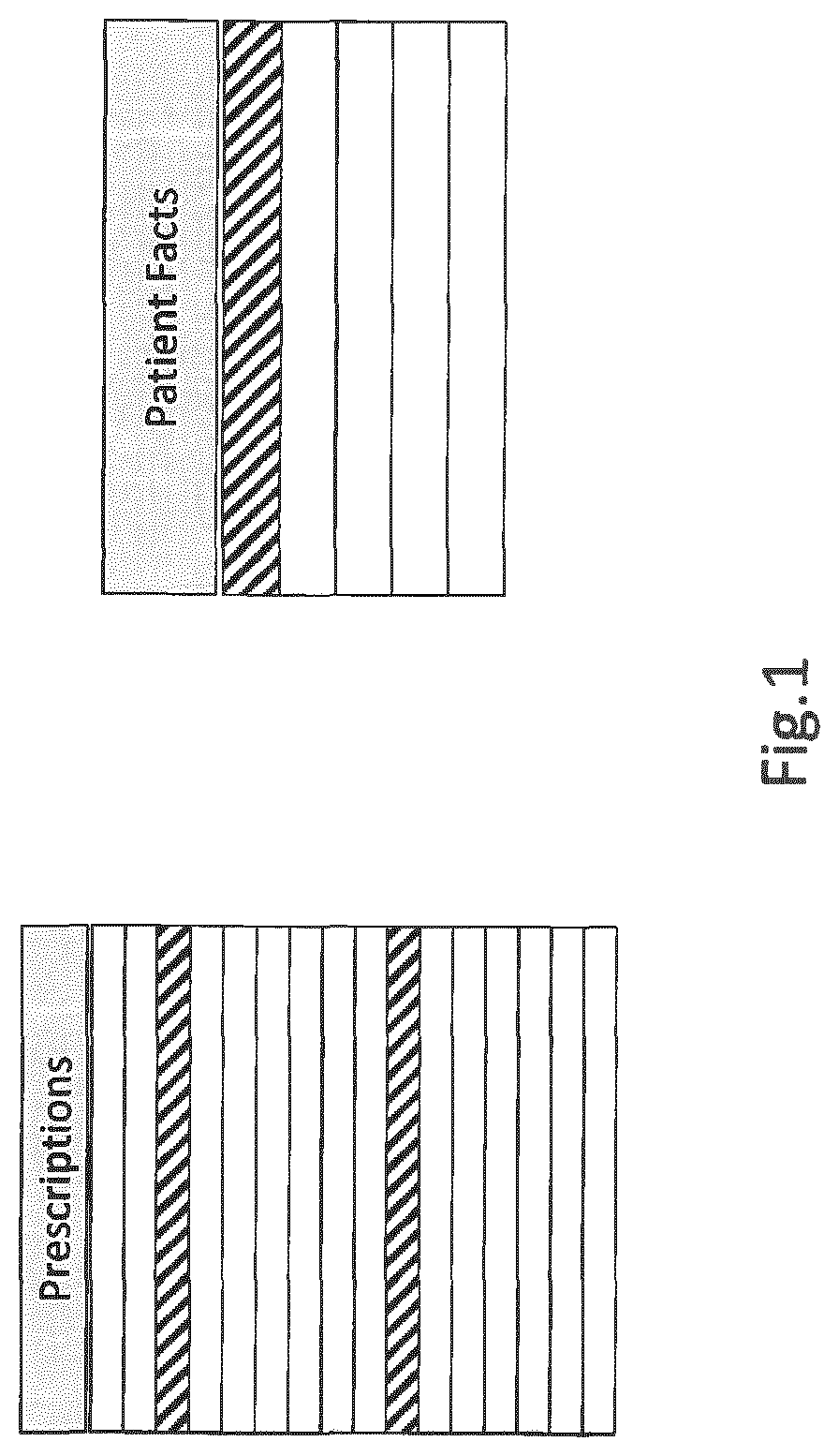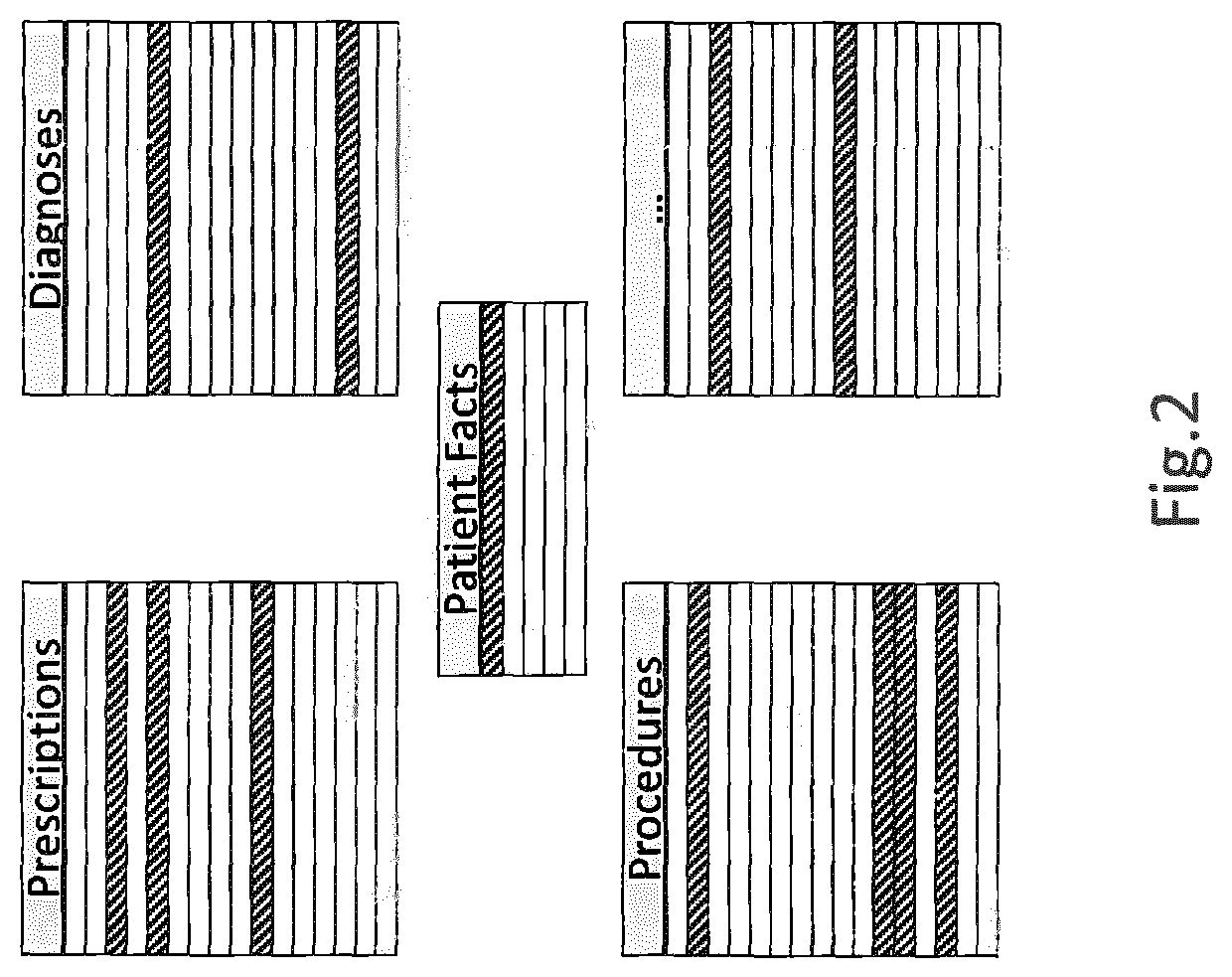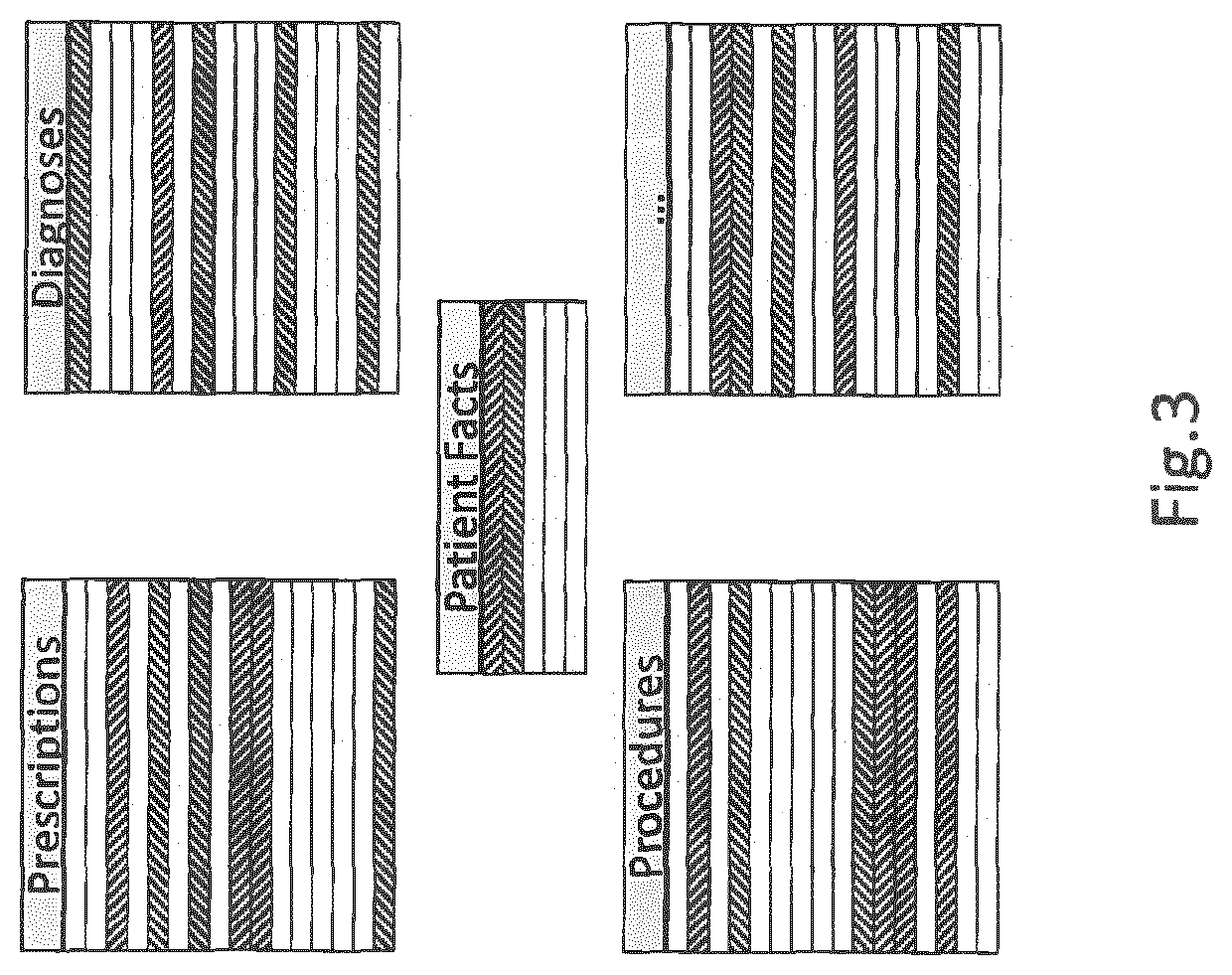Method and apparatus for processing a query on a plurality of object instances
a plurality of object instances and processing method technology, applied in special data processing applications, instruments, electric digital data processing, etc., can solve the problems of complex joins between big tables that quickly run into performance problems, relational databases quickly run into problems, and the effect of high efficiency
- Summary
- Abstract
- Description
- Claims
- Application Information
AI Technical Summary
Benefits of technology
Problems solved by technology
Method used
Image
Examples
Embodiment Construction
[0062]According to one embodiment, there is provided an approach, which enables the querying of very large datasets, which represent complex objects, very quickly.
[0063]Embodiments disclosed herein aim at following:
[0064]There is offered a novel way how to organize and store data which allows an object-oriented access to stored data.
[0065]Thereby embodiments described herein offer an extremely fast object iterator (“iterator” denotes a means to cycle through all or a large subset of stored objects instances), which—depending of the structure of a query—touches only those parts of the data and adds them to an object instance which are relevant for a specific query. How the object is built is determined at analysis time (once a query comes in—different for each different query), not at design time of the database. This may be called a “sparse object iterator”.
[0066]These and other features and advantages will become more apparent from the following detailed description.
[0067]Before tu...
PUM
 Login to View More
Login to View More Abstract
Description
Claims
Application Information
 Login to View More
Login to View More - R&D
- Intellectual Property
- Life Sciences
- Materials
- Tech Scout
- Unparalleled Data Quality
- Higher Quality Content
- 60% Fewer Hallucinations
Browse by: Latest US Patents, China's latest patents, Technical Efficacy Thesaurus, Application Domain, Technology Topic, Popular Technical Reports.
© 2025 PatSnap. All rights reserved.Legal|Privacy policy|Modern Slavery Act Transparency Statement|Sitemap|About US| Contact US: help@patsnap.com



